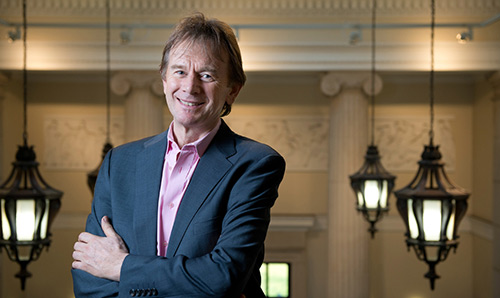For news of upcoming CKHH events: Dr Diane Heath’s NLHF- funded ‘Medieval Animals Heritage’ Skin and Bone, Wood and Stone conference; my ‘Kent’s Maritime Communities’ Working with Wills workshops and associated exhibition at St Mary’s church, Dover; and my talk at Eastbridge: Eastbridge, Pilgrimage and Late Medieval Canterbury, please see last week’s blog: https://blogs.canterbury.ac.uk/kenthistory/kent-history-showcase-plus-future-events/
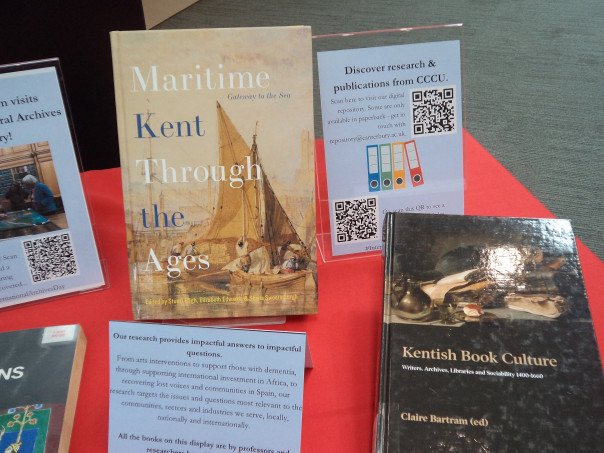
Furthermore, tickets are going fast for Michael Wood’s Becket Lecture 2023. This will be held on Tuesday 11 July at 6pm in Powell Lecture Theatre Pg09 (on the main CCCU Canterbury campus CT1 1NU), with a drinks reception beforehand in the foyer next to the Touchdown café from 5.30pm due to the generosity of the Vice Chancellor. The CCCU Bookshop will be on hand, and copies of Michael’s new revised and extended In Search of the Dark Ages (paperback edition) will be available etc. Michael’s lecture is entitled ‘“The Happiest Time”: Theodore and Hadrian and the School of Canterbury’, and as he says, “using recently discovered new manuscript evidence, I can tell the story of Theodore of Tarsus and his comrade Hadrian, the “man of African race”, who in the 7th century, created the famous school at Canterbury, introducing Greek culture to England in one of the most important educational programmes ever undertaken in Britain.” This lecture is free and open to the public, students and staff BUT booking is essential at bit.ly/Becket2023 or email artsandculture@canterbury.ac.uk or call 01227 922994.
Now to events over the last week which will comprise a brief round-up before a report on the latest presentation by Maureen Mcleod, one of the Kent History Postgraduates. It was indeed useful to represent the Centre at the ‘Partnering for Impact: Histories and Heritage’ day at the University of Kent, as well as seeing presentations on some of the recent projects that have taken place there. For example, how Dr Aki Pasoulas’ ‘Sonic Palimpsest’ has utilised sounds from the past regarding Chatham Dockyard was fascinating, not only in terms of the soundscape but equally the responses to it by different visiting groups.
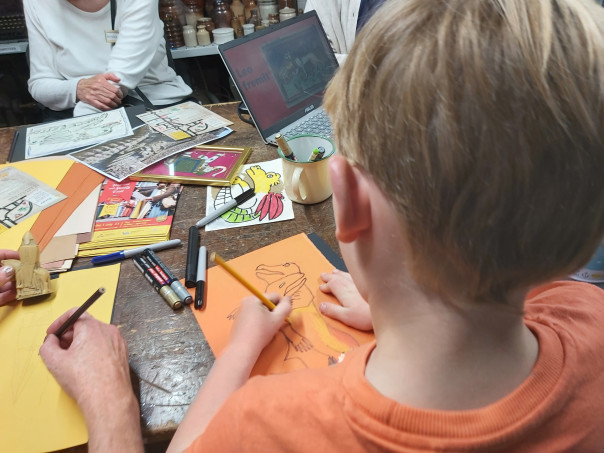
Equally interesting was Phil Ward’s presentation, for as the Director of the Eastern Arc group of universities, it was helpful to have his perspective on what are the region’s heritage assets and how and why they are at risk in this post-Covid world. The various networking ‘sandpits’ also offered food for thought, as well as a realisation that there are significant issues concerning the disparate priorities of those involved.
One project involving the CKHH that might be seen to be within ‘Partnering for Impact’ is the Lossenham Project. This multidisciplinary enterprise that brings together archaeologists and documentary and landscape historians, professional and volunteers has continued to hold meetings beyond the actual research – digging and transcribing. However, for the purposes here, I’m going to leave it until the wills group meeting in person at Lossenham next month.
Of course, two funded projects that involve CKHH people that might also be considered under this umbrella are the ‘Kent’s Maritime Communities’ and ‘Medieval Animals Network’ projects, both currently very actively engaged in outreach elements, as well as research. As well as events mentioned at the beginning of this report, Diane and Martin Crowther with their animal church safari and creative activities for SEND children and their families were busy last Saturday at Tenterden Museum as you can tell from this artwork. Then this week on Thursday Diane has been at the Beaney preparatory to her conference exhibition.
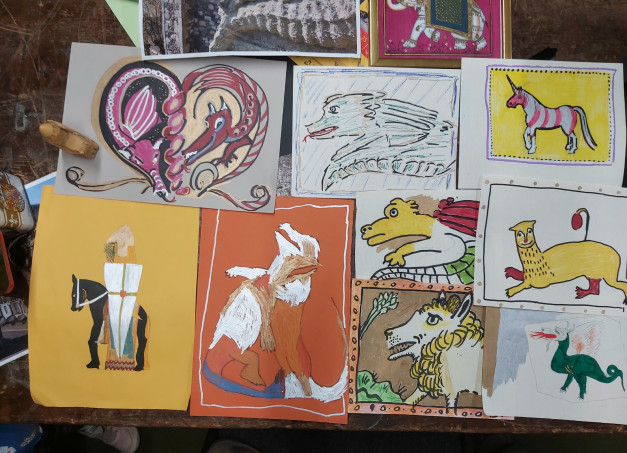
Turning to postgraduate activities, I just thought I would mention that even though none of the Kent History Postgraduates will be giving a presentation this year at the MEMS Fest at Kent this week, some will be attending, and such intra-institutional networking is a valued part of being within a postgraduate research community. Even though I won’t be able to make both days, such events also provide staff as well as students with the chance to meet and share ideas, in addition to seeing the range of projects currently taking place.
In light of such opportunities, I now want to turn to Maureen’s presentation on ‘The Lords of Tonbridge’. Having been researching the history of medieval and early modern Tonbridge as a means to explore urban development and the deep relationship between town and countryside in this part of west Kent in the context of small/medium-sized towns, as Maureen said, understanding how, when, where and why lords engaged as overlords is important. Furthermore, and with special reference to Tonbridge, this engagement is crucial to the understanding of the changing roles and place of the deer parks and chases in the socio-economic and political environment of this riverine settlement located between London and the southern coastal ports of Rye and Winchelsea. Given all of this, Maureen began by outlining how the Lowry of Tonbridge had come into being, the value of the associated woodland, the ancient role of this woodland within the manorial dens and the system of pannage, and the need from William I’s viewpoint that it should be controlled for its strategic importance. Thus, its first lord was Richard of Tonbridge, and as castle-builder he might be seen as setting the tone for his early successors concerning their patronage, and burial, at their new foundation of Tonbridge Priory in the 12th century.
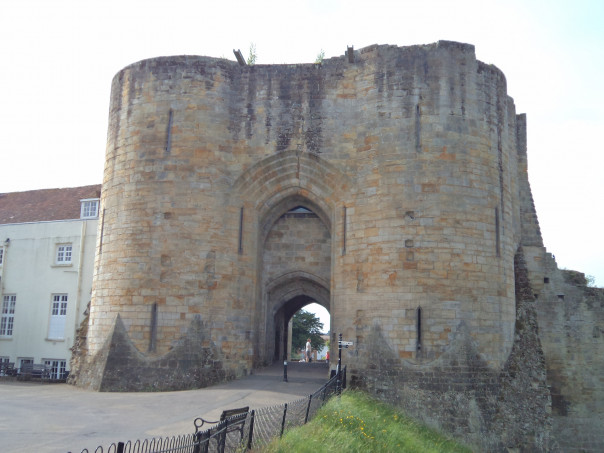
Not that these lords always remained loyal to the reigning monarch, and these de Clare lords backed Simon de Montfort against Henry III and Prince Edward, and even more damaging, the last male de Clare lord died at Bannockburn leaving three sisters to inherit. Such wonderful ‘catches’ offered Edward II ways to aid his favourites, and Tonbridge, through Margaret de Clare came under the control of Hugh Audley. Not that things were always rosy due to the nature of high politics, but from Maureen’s viewpoint this Audley lordship is valuable because Hugh and Margaret stayed at Tonbridge Castle a set of household accounts offers insights into matters such as maintenance, provisioning, and hospitality.
Passing into the Stafford family, Tonbridge became increasingly peripheral to the family’s main estates and coupled with a move away from castle residence, between 1428 and 1430, there were two visits by the Staffords for a total of less than 3 weeks. Moreover, the purchase of neighbouring Penshurst Place provided a far more attractive proposition, offering a suitable residence with the appropriate gardens and deer park.
Again, being on the ‘wrong’ side caused problems and this time the estates having been confiscated by the crown, Tonbridge was leased, albeit the castle was seeming valued, as were the woodlands and the new ironworks. Nevertheless, such interest was short lived, Dudley leasing the estate to Culpeper and Harper, his brother-in-law, whose own interest were seemingly primarily linked to the ironworks. Thus, absentee lordship continued to be a feature at Tonbridge into late Tudor and early Stuart times, the castle becoming little more than a storage facility.
Having outlined, this aspect of Tonbridge’s past, Maureen took several questions and responded to comments from those in the room and online. Among these were ideas about Tonbridge’s relationship with the dockyards – ship building and ordnance – at Chatham before and after the construction of the canal from Tonbridge to Maidstone, and whether there had been storage facilities at Maidstone concerning timber. There was also interest in the later history of the hunting areas, a topic that Maureen will be looking at more closely as her next topic. So many thanks to Maureen for her very interesting presentation, and to those who were part of the audience. The presentation next month will be given by Tracey Dessoy before we break for the summer.
 Centre for Kent History and Heritage
Centre for Kent History and Heritage Sheila Sweetinburgh
Sheila Sweetinburgh 1672
1672